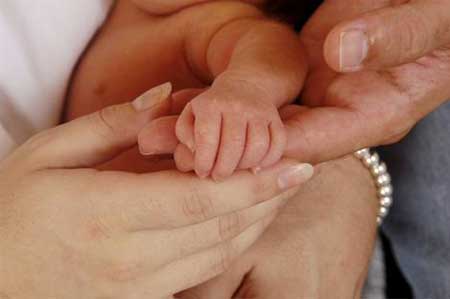
This analysis studied almost 65,000 low risk births which was inclusive of approximately 17,000 home births and 28,000 midwifery unit deliveries, both which were premeditated. Of the findings that came to light, one of them asserted that the process of delivery is apparently safe, irrespective of the birthplace.
Women experiencing motherhood for the first time especially seemed to be more vulnerable to adversities like death of the baby or other complications in case of home births. Importantly, women who planned to give birth in an obstetric unit were more likely to be exposed to medications thus, averting normal birth. Some other factors that came forward were safety, cost, and interventions. Midwifery units looked like an effective option considering their positive outcomes in all 3 factors listed above.
Mary Newburn, Head of Research and Information at NCT, the UK’s largest charity for parents, elaborated, “Expectant parents need support to make plans about where to have their baby, which feel right for them. Every woman wants her baby to be healthy and have a good start in life, and she needs to feel safe herself. But different settings appeal to different people. Women will think about this new information in the context of their own lives, their personal circumstances and values. The Birthplace results should mean more birth centres are opened, creating positive choices for many more women.”
The scientists believed that the feasibility of shifting women to other places during birth if needed, explained the safety associated with deliveries taking place at home and midwifery units. The team is hopeful of a policy for women giving them a choice of the place of birth, provided there are no complexities involved in the pregnancy.
The study is published in the British Medical Journal.
